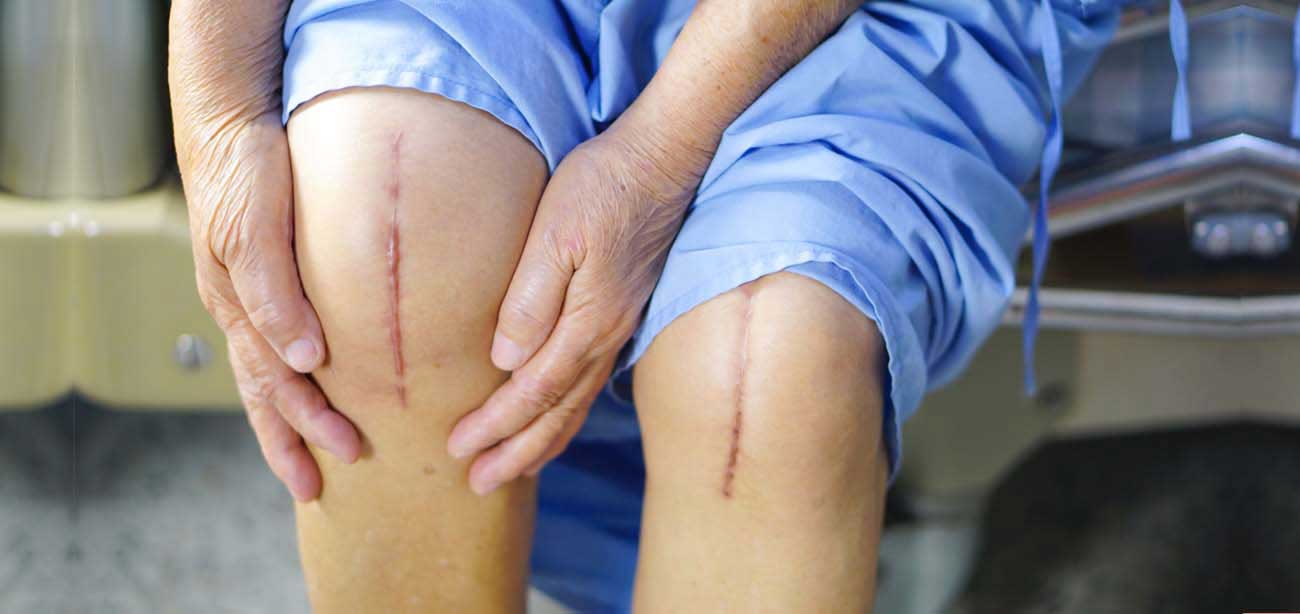
Knee replacement surgery — also known as knee arthroplasty (ARTH-row-plas-tee) — can help relieve pain and restore function in severely diseased knee joints. During knee replacement, a surgeon cuts away damaged bone and cartilage from your thighbone, shinbone and kneecap and replaces it with an artificial joint made of metal alloys, high-grade plastics and polymers.
The first artificial knees were little more than crude hinges. Now, you and your doctor can choose from a wide variety of designs that take into account your age, weight, activity level and overall health. Most knee replacement joints attempt to replicate your knee's natural ability to roll and glide as it bends.
Why it's done
The most common reason for knee replacement surgery is to repair joint damage caused by osteoarthritis or rheumatoid arthritis. People who need knee replacement surgery usually have problems walking, climbing stairs, and getting in and out of chairs. They may also experience moderate or severe knee pain at rest.
How you prepare
An orthopedic surgeon performs knee replacement procedures. Before the procedure, the surgeon takes your medical history and performs a physical examination to assess your knee's range of motion, stability and strength. X-rays can help determine the extent of knee damage.
Knee replacement surgery requires anesthesia to make you comfortable during surgery. Your input and personal preference help the team decide whether to use general anesthesia, which renders you unconscious during the operation, or spinal or epidural anesthesia, during which you are awake but can't feel any pain from your waist down.
Your doctor or anesthesiologistmay advise you to stop taking certain medications and dietary supplements before your surgery. You'll likely be instructed not to eat anything after midnight before your surgery.
What you can expect
During the procedure, your knee is in a bent position so that all surfaces of the joint are fully exposed. After making an incision about 6 to 10 inches (15 to 25 centimeters) in length, your surgeon moves aside your kneecap and cuts away the damaged joint surfaces.
After the joint surfaces are prepared, the surgeon inserts and attaches the pieces of the artificial joint. Before closing the incision, he or she bends and rotates your knee, testing and balancing it to ensure that it functions properly. Expect knee replacement surgery to last about two hours.
 Call For Appointment
Call For Appointment